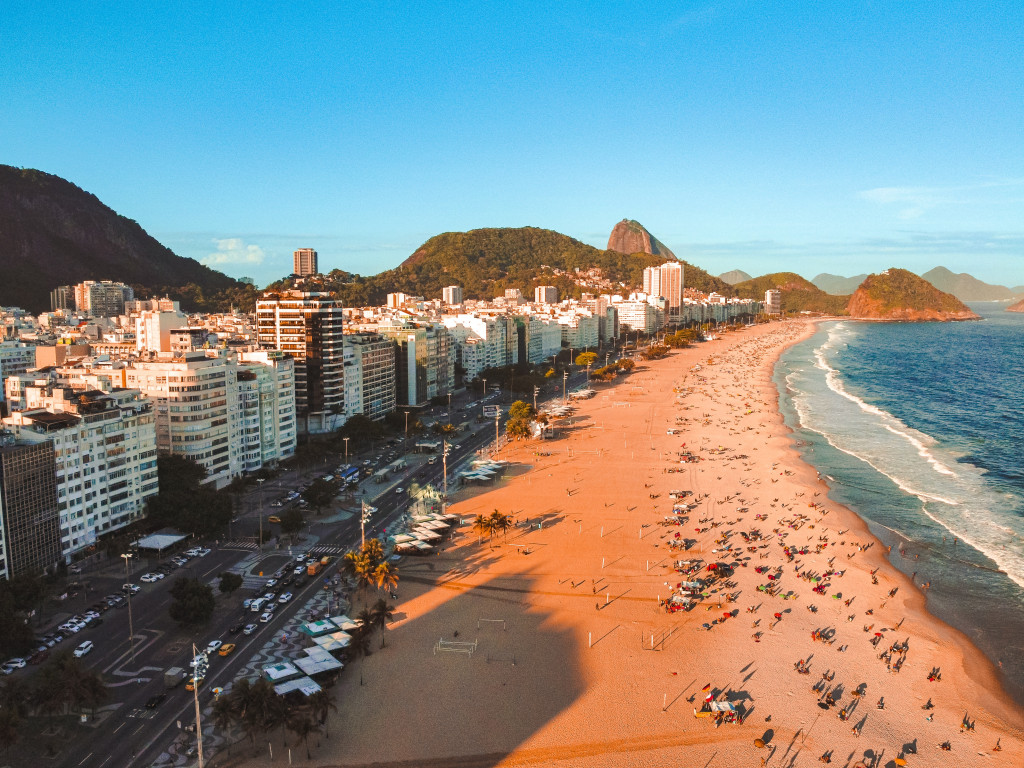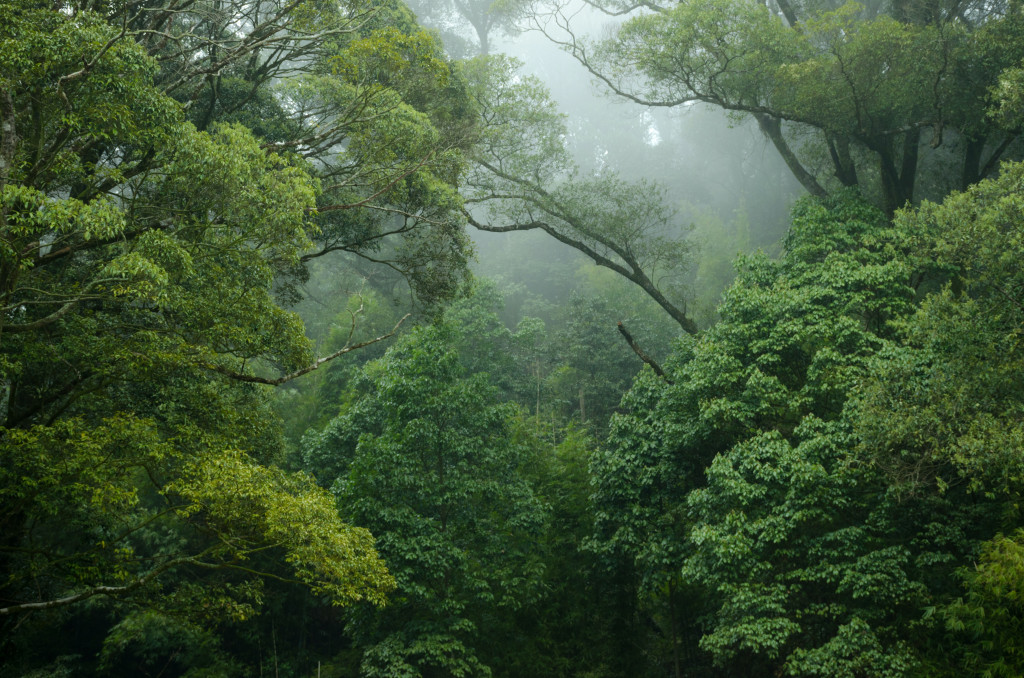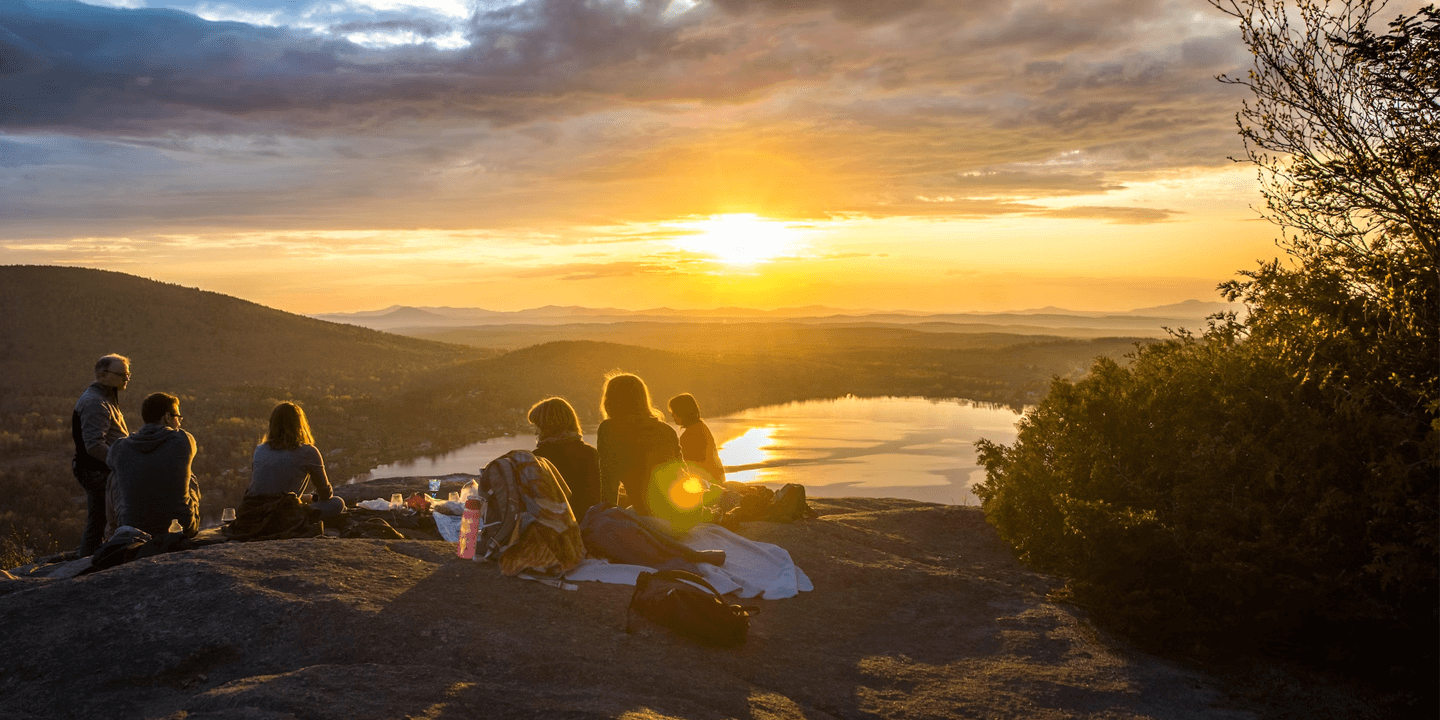South America is a continent bursting with vibrant cultures, untamed natural beauty, historic landmarks, and unforgettable culinary experiences. From the Amazon Rainforest, the largest in the world, to the lofty peaks of the Andes, and the sun-soaked beaches of Brazil, South America is an explorer's paradise. Each of its 12 independent countries offers a unique and captivating experience to travellers. So, whether you're a seasoned globetrotter or setting off on your maiden voyage, this guide will provide you with the top 20 insights to help you make the most of your South American adventure.
1. The Diversity of Languages
While Spanish and Portuguese are the dominant languages in South America, the continent is home to hundreds of indigenous languages, reflecting its rich cultural diversity. As a traveller, knowing basic Spanish phrases can be beneficial, but don't hesitate to immerse yourself in the different languages you encounter. Local people appreciate your attempts to communicate in their language and it can enrich your travel experience.
 Photo by Annika Gordon on Unsplash
Photo by Annika Gordon on Unsplash
2. Exploring the Amazon Rainforest
No visit to South America is complete without a trip to the Amazon Rainforest. Covering over 5 million square kilometres, this natural wonder teems with an incredible variety of wildlife and plant species. The Amazon Rainforest, often referred to as the "Lungs of the Earth," is the largest tropical rainforest in the world, spanning across nine South American countries. It plays a crucial role in regulating the planet's climate, harbours an astonishing diversity of plant and animal species, and is a vital resource for indigenous peoples and global biodiversity conservation efforts.
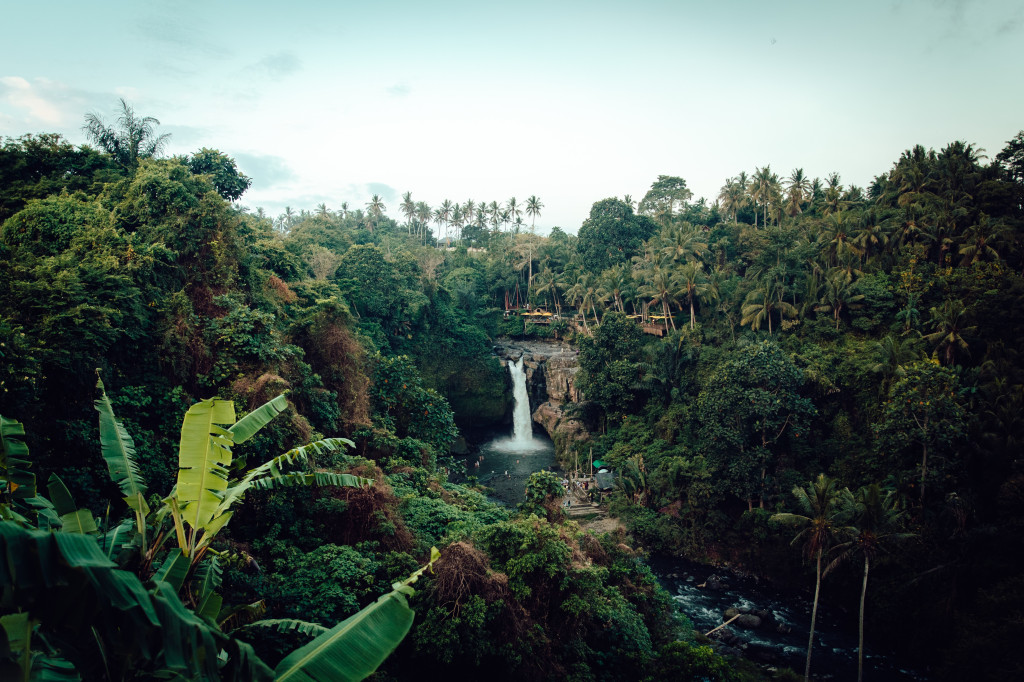 Photo by Nate Johnston on Unsplash
Photo by Nate Johnston on Unsplash
3. Dancing to Latin Rhythms
From Salsa and Tango to Samba and Cumbia, the continent pulsates with the rhythms of Latin music and dance. Latin dance forms like salsa, bachata, and samba are characterized by energetic movements and intricate footwork, often accompanied by vibrant music featuring instruments like congas, trumpets, and guitars, creating an infectious and captivating atmosphere that invites people to dance and celebrate life.
Dancing isn't just a pastime there; it's a significant part of cultural identity. Taking part in local dance classes or festivals can provide an authentic cultural experience.
 Photo by Daniel Tong on Unsplash
Photo by Daniel Tong on Unsplash
4. World-class Trekking in the Andes
The Andes is the world's longest mountain range, stretching approximately 7,000 kilometers along the western coast of South America, and it's renowned for its breathtaking landscapes and rich cultural heritage. The Andes offer numerous trails for trekking enthusiasts. From Patagonia’s rugged landscapes to the ancient Incan trails leading to Machu Picchu, you'll find treks for every skill level. Be prepared for altitude sickness and always respect the natural environment.
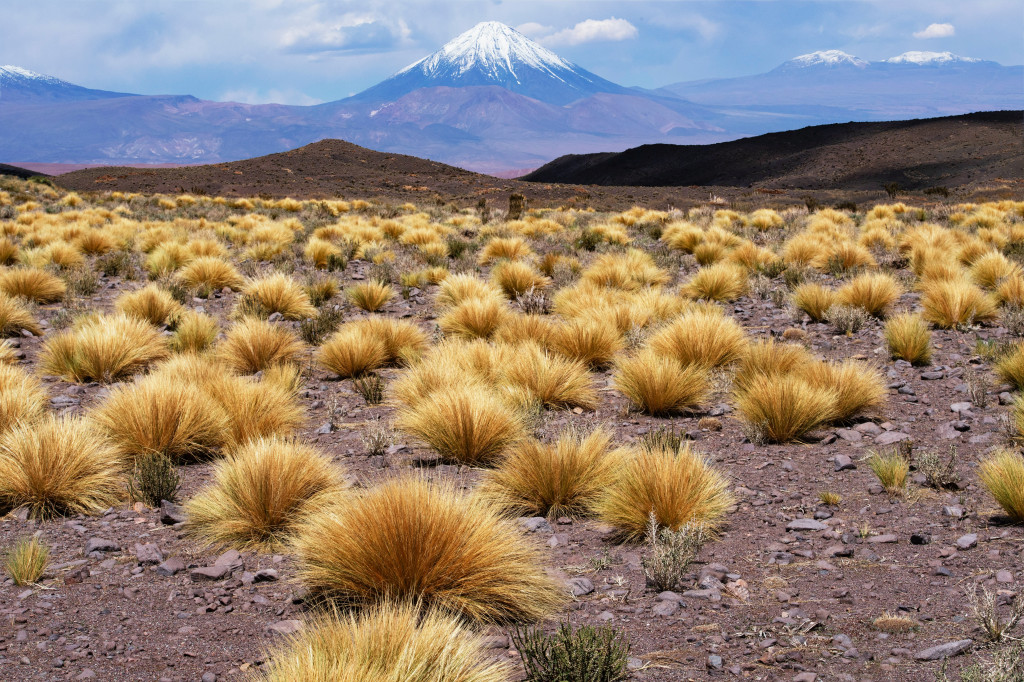 Photo by Christian Weiss on Unsplash
Photo by Christian Weiss on Unsplash
5. Culinary Delights
South American cuisine encompasses native ingredients and culinary techniques introduced by colonizers and immigrants. It's a fusion of diverse culinary traditions, blending indigenous ingredients with influences from Spanish, Portuguese, African, and other immigrant cultures. It features a wide array of dishes, such as the hearty Argentine asado (barbecue), the savoury Brazilian feijoada (black bean stew), and the spicy Peruvian ceviche (marinated seafood), showcasing a vast spectrum of flavours, textures, and techniques. Additionally, South America is celebrated for its abundant tropical fruits like passion fruit, mango, and guava, which often find their way into delicious desserts and refreshing beverages. Be open to trying local delicacies and visiting local markets to understand the diverse food culture.
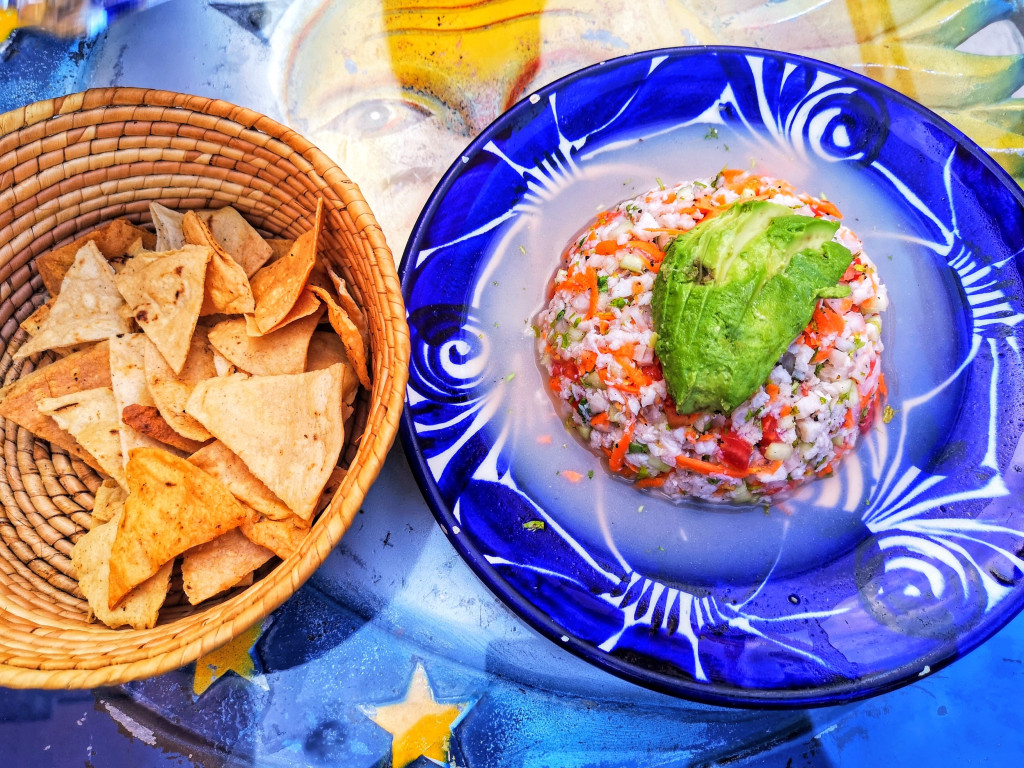 Photo by Laurentiu Morariu on Unsplash
Photo by Laurentiu Morariu on Unsplash
6. Fascinating Indigenous Cultures
South American indigenous cultures are incredibly diverse, with hundreds of distinct ethnic groups, each possessing its own languages, traditions, and belief systems. These cultures have deep historical roots, often dating back thousands of years, and continue to play a significant role in the region's social, political, and environmental dynamics. Many indigenous communities maintain strong connections to the natural world, practicing sustainable farming, traditional medicine, and spiritual rituals that contribute to the preservation of unique ecosystems and the cultural heritage of South America.Take the time to learn about these cultures, respect their customs, and contribute to their economies by purchasing authentic handicrafts.
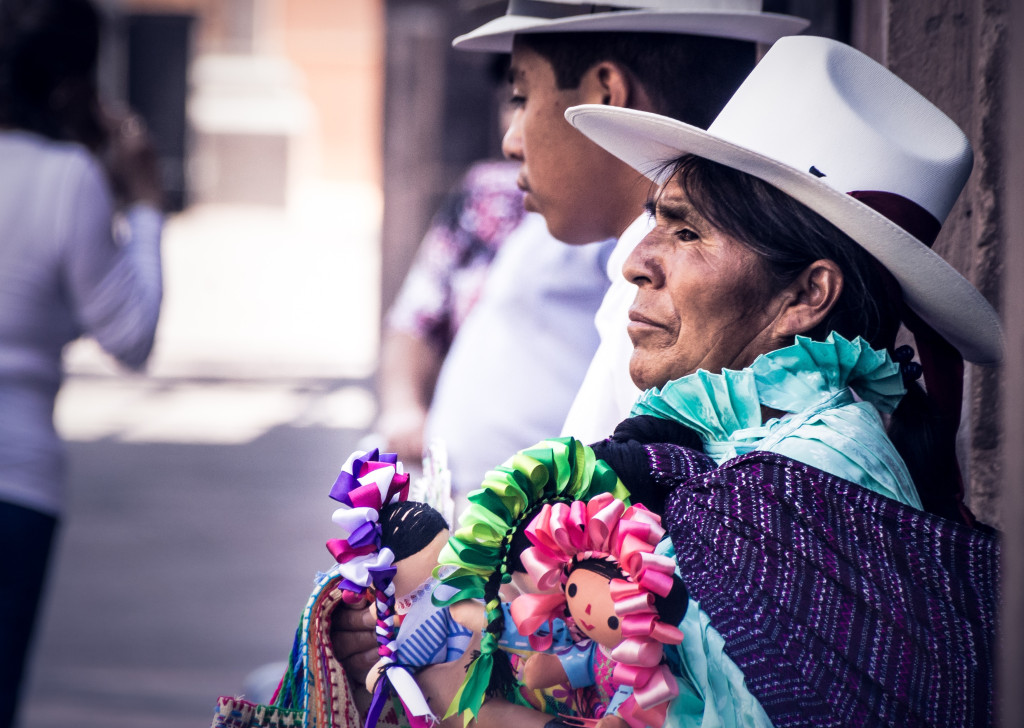 Photo by Bernardo Ramonfaur on Unsplash
Photo by Bernardo Ramonfaur on Unsplash
7. Diverse Climate Zones
The continent's climate varies from tropical rainforests and arid deserts to cool highlands. South America boasts a wide range of climate zones due to its vast size and geographic diversity. From the tropical rainforests of the Amazon Basin to the arid deserts of the Atacama in Chile, and from the high-altitude plateaus of the Andes to the temperate regions of Argentina, the continent experiences a spectrum of climates, offering something for every traveler's preference, be it lush jungles, arid plains, or snow-capped peaks. It's crucial to research the climate of your chosen destinations to pack appropriately and plan your activities accordingly.
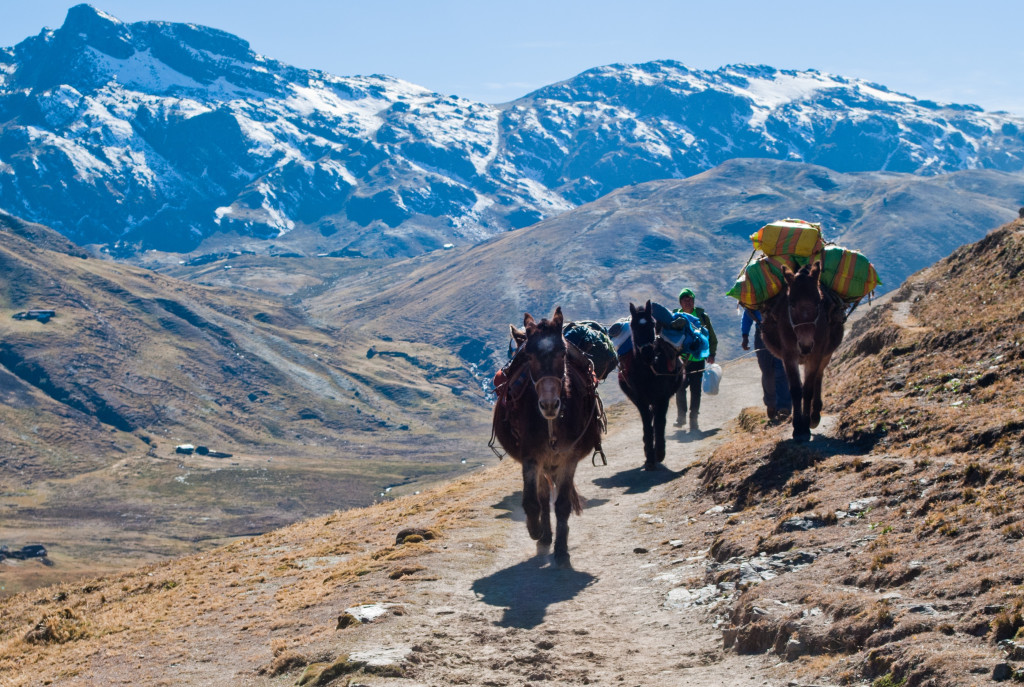 Photo by Adèle Beausoleil on Unsplash
Photo by Adèle Beausoleil on Unsplash
8. Vibrant Festivals
South America's calendar is filled with colourful and lively festivals. From Rio de Janeiro’s Carnival to Peru’s Inti Raymi, these events offer insight into the region’s cultural and religious traditions. Additionally, the Dia de los Muertos (Day of the Dead) in Mexico, where families gather to honour their ancestors through colourful altars and traditional foods. Additionally, many South American festivals are deeply intertwined with religious traditions, such as Semana Santa (Holy Week) in cities like Cusco, Peru, marked by processions, reenactments, and solemn rituals that draw both locals and visitors alike. Participating in or observing these festivities can be an unforgettable experience.
 Photo by Salvador Altamirano on Unsplash
Photo by Salvador Altamirano on Unsplash
9. Historical Riches
South America's history stretches from ancient civilizations to colonial periods, reflected in its archaeological sites and colonial architecture. South America is a treasure trove of historical riches, with ancient civilizations like the Inca, Aztec, and Maya leaving behind awe-inspiring ruins such as Machu Picchu, Teotihuacan, and Chichen Itza. The continent's colonial past has also endowed it with stunning architectural gems like the historic city centre of Ouro Preto in Brazil and the charming streets of Cartagena, Colombia, offering a glimpse into the grandeur and influence of European powers in the New World.
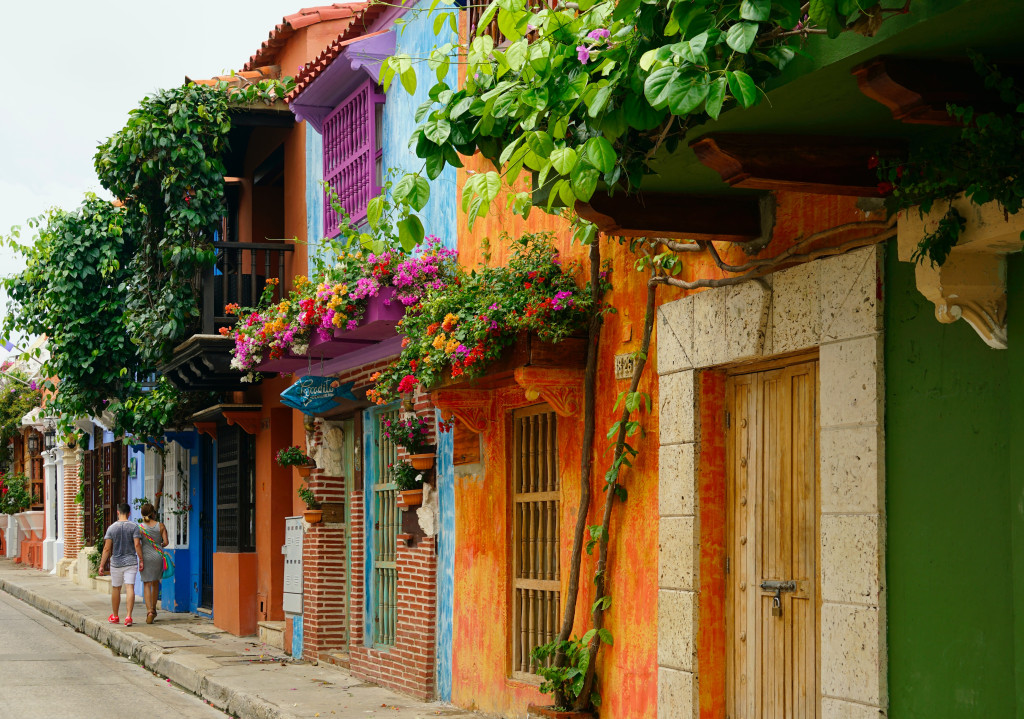 Photo by Ricardo Gomez Angel on Unsplash
Photo by Ricardo Gomez Angel on Unsplash
10. Wildlife Watching
South America is a biodiversity hotspot, teeming with unique and exotic wildlife species found nowhere else on Earth, from the Amazon rainforest's jaguars and macaws to the Galapagos Islands' giant tortoises and marine iguanas. The continent's diverse landscapes, including the Andes mountains, the Pantanal wetlands, and the Patagonian steppes, provide habitats for a vast array of animals, making South America a paradise for nature enthusiasts and wildlife conservationists.
 Photo by Jeremy Bishop on Unsplash
Photo by Jeremy Bishop on Unsplash
11. Breathtaking Beaches
South America boasts some of the world's most breathtaking and diverse beaches, from the pristine, white-sand shores of Brazil's Copacabana and Ipanema in Rio de Janeiro to the remote and rugged beauty of Colombia's Cabo de la Vela. Surfers flock to Ecuador's Montañita for its epic waves, while Venezuela's Cayo Sombrero offers idyllic Caribbean beachscapes. With its extensive coastline along the Pacific and Atlantic Oceans, South America offers a wide range of beach experiences, catering to both relaxation and adventure seekers.
12. Intriguing Nightlife
The nightlife in South America is as diverse as the continent itself. South American nightlife is renowned for its vibrancy, with cities like Buenos Aires, Rio de Janeiro, and Bogotá coming alive after dark. Whether it's dancing the night away to Latin rhythms in salsa clubs, enjoying live music in samba bars, or savouring local cocktails at trendy lounges, South America offers a diverse and energetic nightlife scene that caters to a wide range of tastes and preferences.
There's something for everyone, but just be aware of your safety while enjoying the night.
 Photo by Ardian Lumi on Unsplash
Photo by Ardian Lumi on Unsplash
13. The Art Scene
The art scene in South America is a dynamic and culturally rich landscape, with a deep connection to indigenous traditions, colonial history, and contemporary influences. From the stunning pre-Columbian art and artifacts found in museums like the Museo del Oro in Bogotá to the vibrant murals adorning the streets of Valparaíso, Chile, the continent offers a diverse range of artistic expressions. South American artists have made significant contributions to the global art world, with figures like Frida Kahlo and Fernando Botero achieving international acclaim. Visit galleries, attend local art fairs, or explore vibrant street art in cities like Valparaiso or Bogota for a glimpse into the local artistic expressions.
14. Sustainability
South America is grappling with environmental issues and over-tourism. Sustainability in South America is a pressing concern as the region struggles with the preservation of its unique ecosystems, including the Amazon rainforest, which plays a critical role in global climate regulation. Efforts to combat deforestation, promote eco-friendly agriculture, and support indigenous land rights are essential for protecting the continent's environmental heritage. Opt for sustainable travel options, respect local cultures, and support local businesses to ensure your visit has a positive impact on the destinations.
15. Impressive Waterfalls
South America boasts some of the world's most stunning waterfalls, including the magnificent Iguazu Falls on the border of Argentina and Brazil, with its jaw-dropping series of cascades surrounded by lush rainforest. Venezuela's Angel Falls, the highest waterfall on Earth, plunges from a towering tepui (tabletop mountain) in the Gran Sabana region, creating a breathtaking natural spectacle. Further south, in Chile, Salto del Laja captivates visitors with its impressive multi-tiered falls, showcasing the diverse range of waterfalls that South America has to offer, each with its own unique beauty and charm. Plan your visits in the rainy season for the most impressive views.
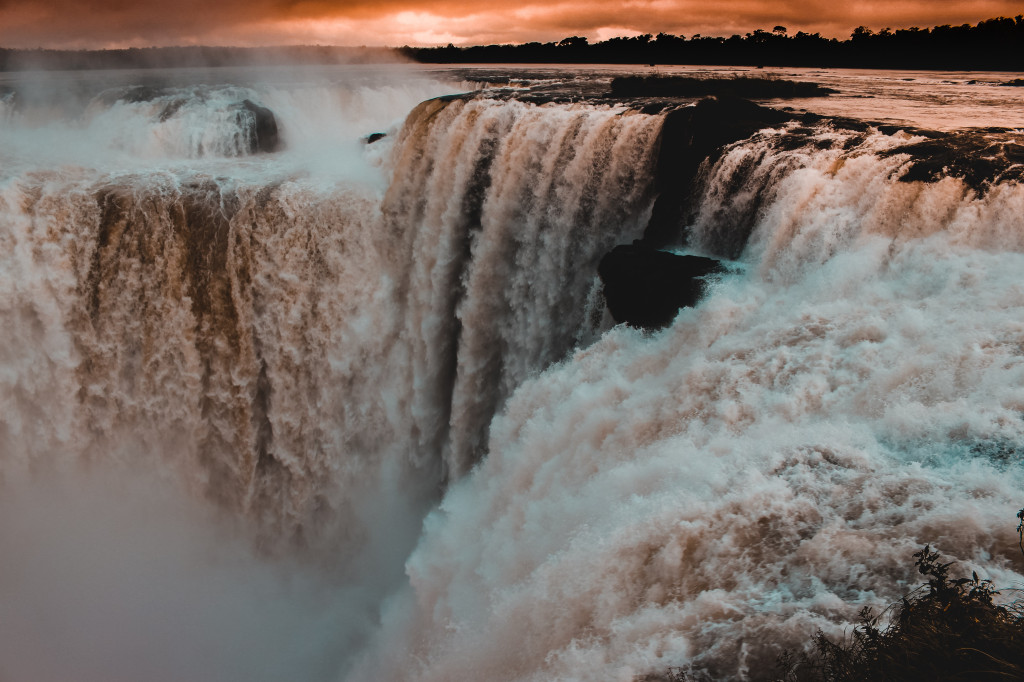 Photo by Jonatan Lewczuk on Unsplash
Photo by Jonatan Lewczuk on Unsplash
16. Reliable Transportation
Getting around in South America can be challenging due to its vastness and varying infrastructure. Major cities like São Paulo, Buenos Aires, and Bogotá have extensive public transportation systems, including buses and metro systems, making it convenient to navigate urban areas. For long-distance travel within the continent, you can choose from well-developed bus networks, domestic flights, or, in some regions, train services, providing access to remote destinations like the Andes, Amazon rainforest, and Patagonia.Research your options, from long-distance buses to domestic flights, and always have a backup plan.
 Photo by Ankush Minda on Unsplash
Photo by Ankush Minda on Unsplash
17. Safety Concerns
While many areas are generally safe for travellers, some regions may have higher crime rates or safety concerns.
It's essential to research the safety conditions of your intended destination, stay informed about local safety guidelines, and take common-sense precautions, such as avoiding risky areas at night and securing your belongings. Additionally, seeking advice from locals or fellow travellers and staying updated on travel advisories from your government can help ensure a safer and more enjoyable experience in South America. Research your destinations, stay aware of your surroundings, and follow the advice of local authorities.
 Photo by Matt Popovich on Unsplash
Photo by Matt Popovich on Unsplash
18. The Magic of the Pampas
The Pampas offer a unique ecosystem teeming with wildlife. The Pampas is a vast lowland region in South America, primarily stretching across Argentina and parts of Uruguay and Brazil. Known for its fertile soils and expansive grasslands, the Pampas is a vital agricultural region, producing significant quantities of crops like wheat, soybeans, and corn. Beyond agriculture, the Pampas also supports a rich biodiversity, with diverse wildlife, including capybaras, rheas, and various bird species, inhabiting its plains and wetlands. Explore these grasslands on a traditional estancia (ranch) in Argentina or Uruguay for an authentic gaucho experience.
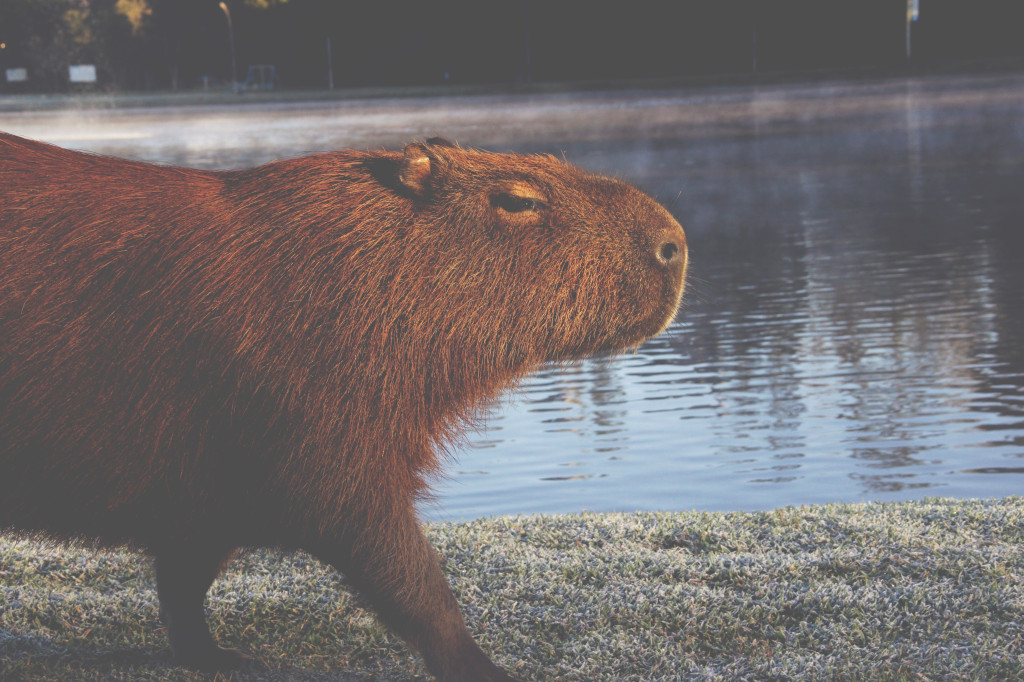 Photo by Tioni Oliv on Unsplash
Photo by Tioni Oliv on Unsplash
19. Understanding Visa Requirements
Visa requirements in South America vary from country to country and depend on your nationality. Many South American countries offer visa-free or visa-on-arrival entry for tourists from certain countries, typically for short stays.
However, it's crucial to check the specific visa requirements and entry regulations for the country you plan to visit well in advance of your trip to ensure a smooth and hassle-free travel experience.
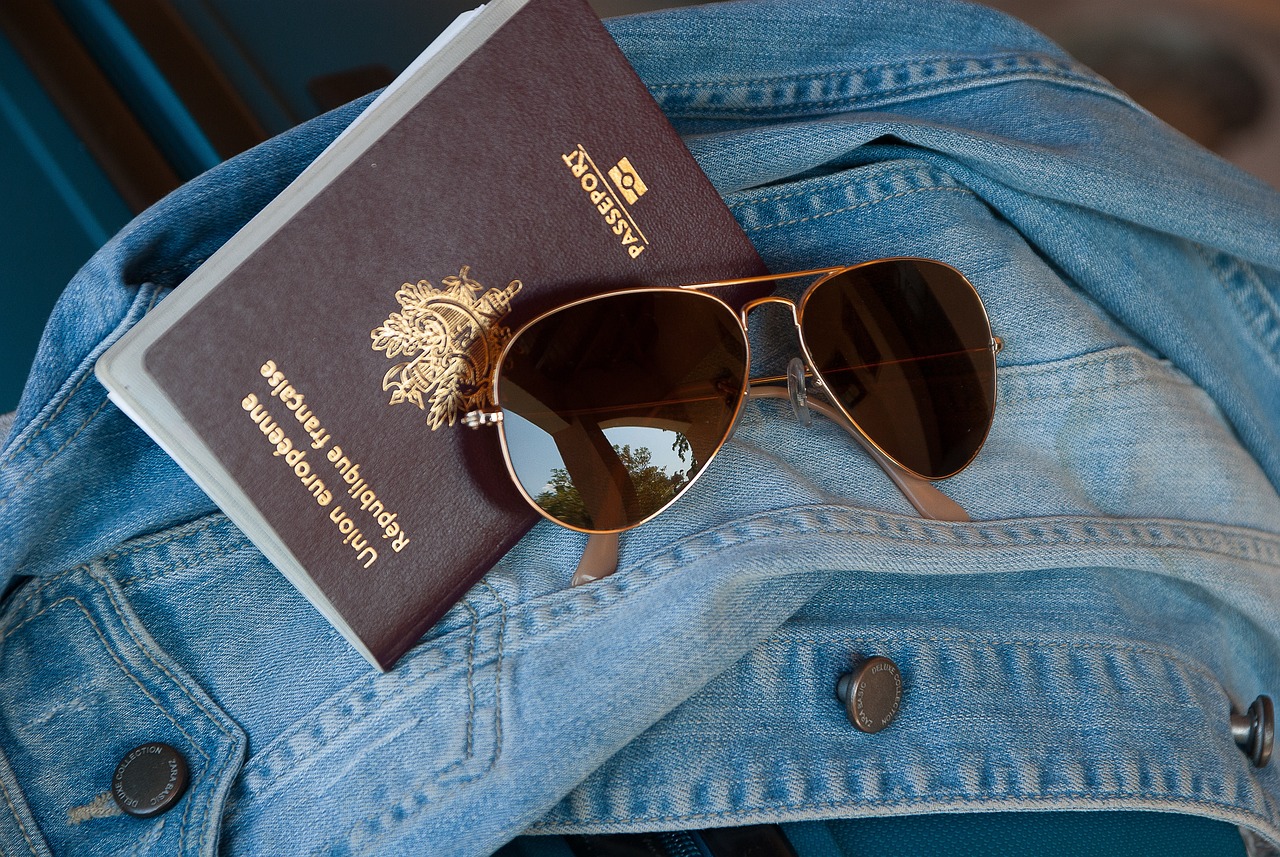 Image by jacqueline macou from Pixabay
Image by jacqueline macou from Pixabay
20. Embracing the Unexpected
The most rewarding travel experiences in South America often come from the unexpected. Remain flexible, embrace changes, and let the continent’s charm and warmth guide your journey.
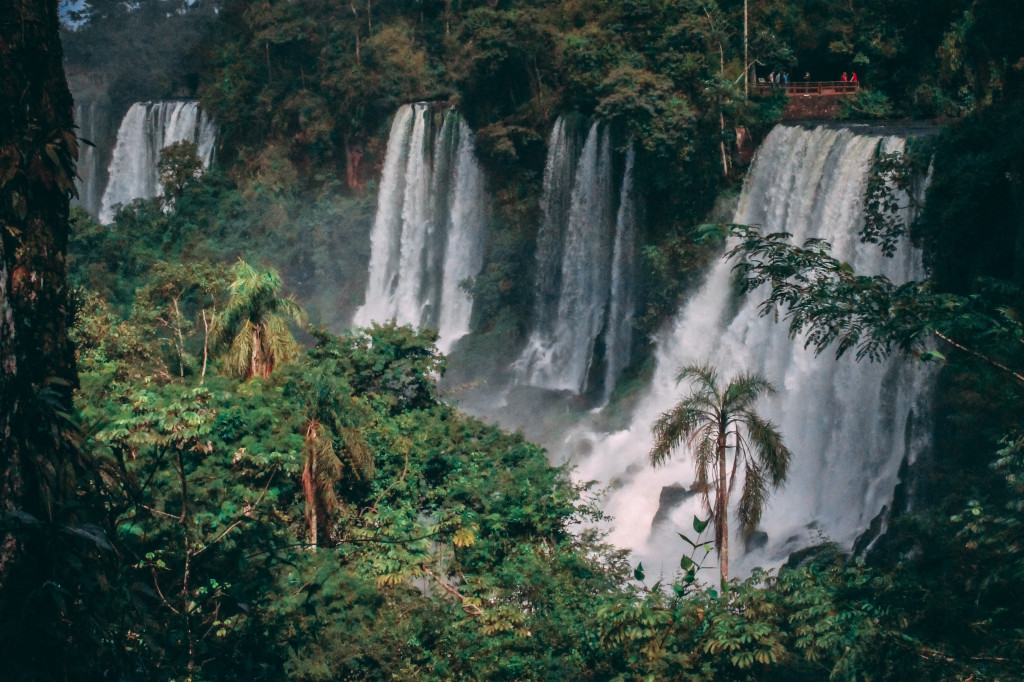 Photo by Jonatan Lewczuk on Unsplash
Photo by Jonatan Lewczuk on Unsplash
South America's diverse landscapes, cultures, and experiences make it a fascinating continent to explore. This guide should serve as a starting point for your South American adventure, but remember, each journey is unique. So pack your bags, open your mind, and let South America captivate you!


